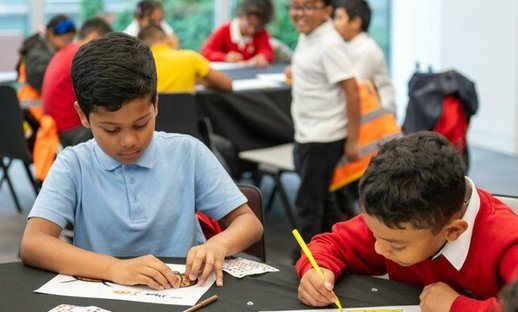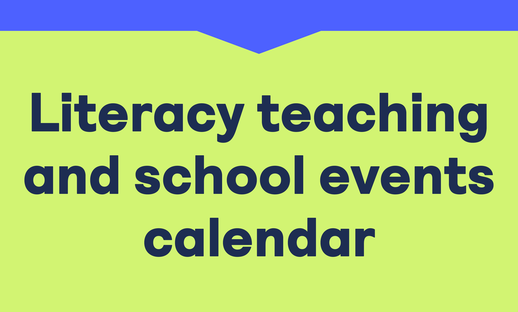
Sometimes children can feel overwhelmed by the news. A strategy for helping them to manage their wellbeing is to focus on positive and uplifting stories. The Happy News project is a brilliant activity for Year 6 pupils to focus on wellbeing, whilst also developing teamwork, speaking and listening skills and journalistic writing and reading skills.
How it works:
Organise your pupils into editorial news teams and set them the challenge of researching and reporting a happy news story to share with others.
Download our our suggested learning sequence and activities guide from the available downloads section of this page, and use the tips and links below to help you to create an immersive newsroom project in your classroom.
Top Tips:
Types of news reports: pupils could produce written, audio or video news reports. You might like to use our front page template for written reports or our script to support audio or visual reports. Read a range of news reports on our child-friendly news sites for writing models or watch examples of news reports on Newsround for presenting tips.
Finding a story: pupils can report a happy news story from within their local communities: an example of someone doing a good deed or a story that made them laugh. This is an opportunity for pupils to have a voice and share the stories that matter to them, whilst also providing the opportunity for real interviews! Alternatively, pupils could find stories from our list of child-friendly news sites. Newsround and First News are also curating positive news stories for children.
Working in teams: organise pupils into teams to provide them with the opportunity to work together to research and produce their final report. Use the suggested roles below to give pupils additional responsibilities:
- Desk Editor: acts as team leader and makes the final decisions, including which story to report
- Reporter: researches key witnesses for the story and/or conducts interviews
- Subeditor: proofreads the report, checking for grammar, spelling and punctuation errors - as well as checking the facts! Subeditors also write the headline
- Picture Editor: selects the most interesting and appropriate pictures to use in the report. They can also write the captions
Create a real audience: decide who your audience is for the happy news and how your pupils can share their stories with them. Could it feature on the school website or newsletter? Could you create a printed version to share with families? Remember, it’s all about spreading happy news to others! Teachers - if you have a class or school twitter page, you can tweet us your pupils' stories too: @GetNewsWise #HappyNews.
Transform your classroom into a newsroom:
- Play the role of Editor in Chief of your news organisation - you have the power to make any final decisions and reward your journalists. You might like to use our NewsWise certificates, signed by Editor-in Chief of The Guardian newspaper!
- Decide on a name for your news publication and a target audience (i.e. the school community)
- Create press passes to wear at all times in the newsroom, identifying pupils' individual roles
- Set deadlines and use countdowns
- Allow time to discuss the chosen stories, to ask questions and to problem-solve. You could hold a daily news conference for teams to update the newsroom on their progress
- Create a NewsWise working wall where teams can display their research and draft reports with the rest of the newsroom and their Chief Editor for feedback. You might like to also include: the NewsWise values poster; the NewsWise Navigator; favourite news articles or photos of them as journalists in action
For full details of the NewsWise programme, plus resources including a full unit of work, visit our NewsWise page.
Download file
You might also be interested in
-
Premium
This comprehensive guide to research and policy developments in primary literacy designed to help you develop evidence-based, sustainable literacy practices.View details about Primary Literacy Guide and Review -
Free
Supporting schools and early years settings with literacy teaching resources to help enrich your lessons linking to literacy moments and awareness days throughout the academic year.View details about Literacy teaching and school events calendar 2025-2026 -
Premium
A celebratory literacy transition project for Year 6 pupils commemorating the moon landing, based on the hilarious and touching book Cosmic by Frank Cottrell-Boyce.View details about Cosmic - an intergalactic literacy transition project


